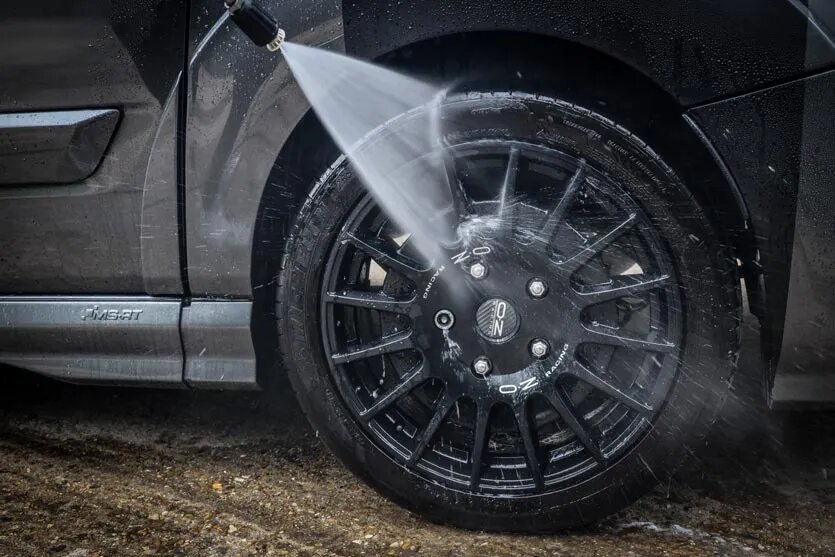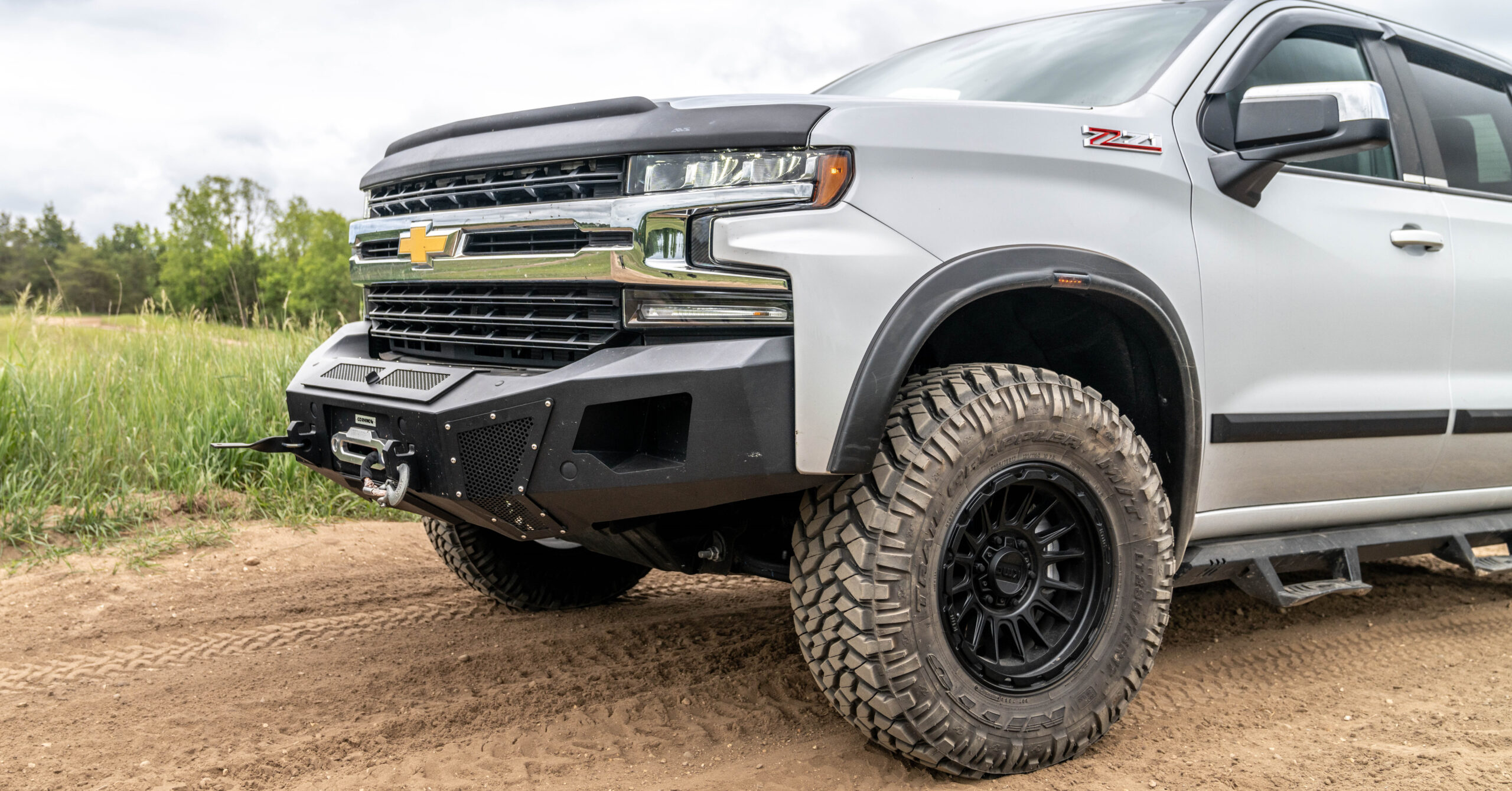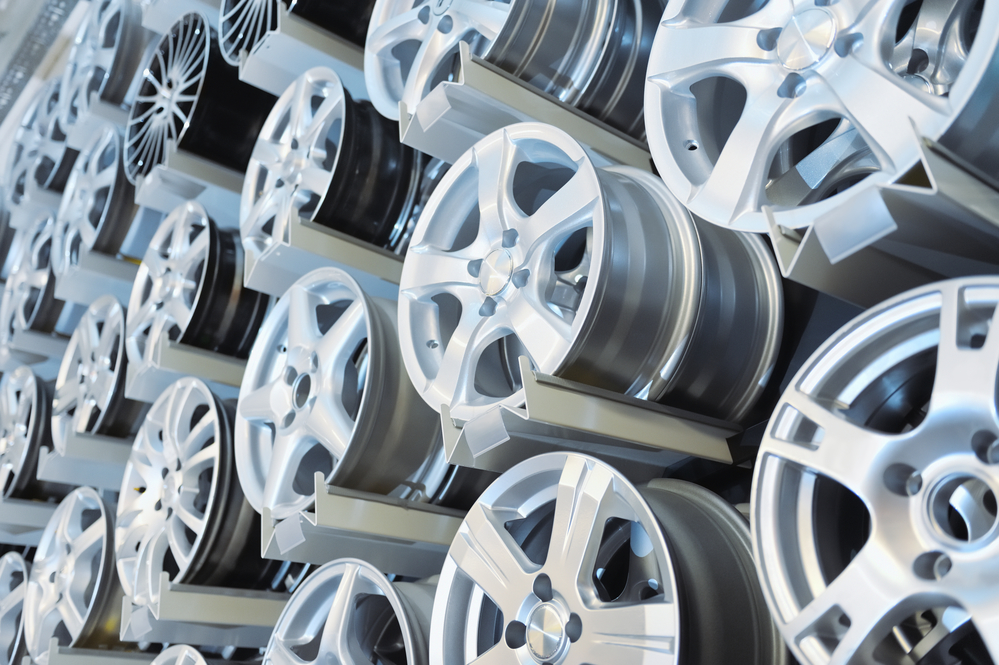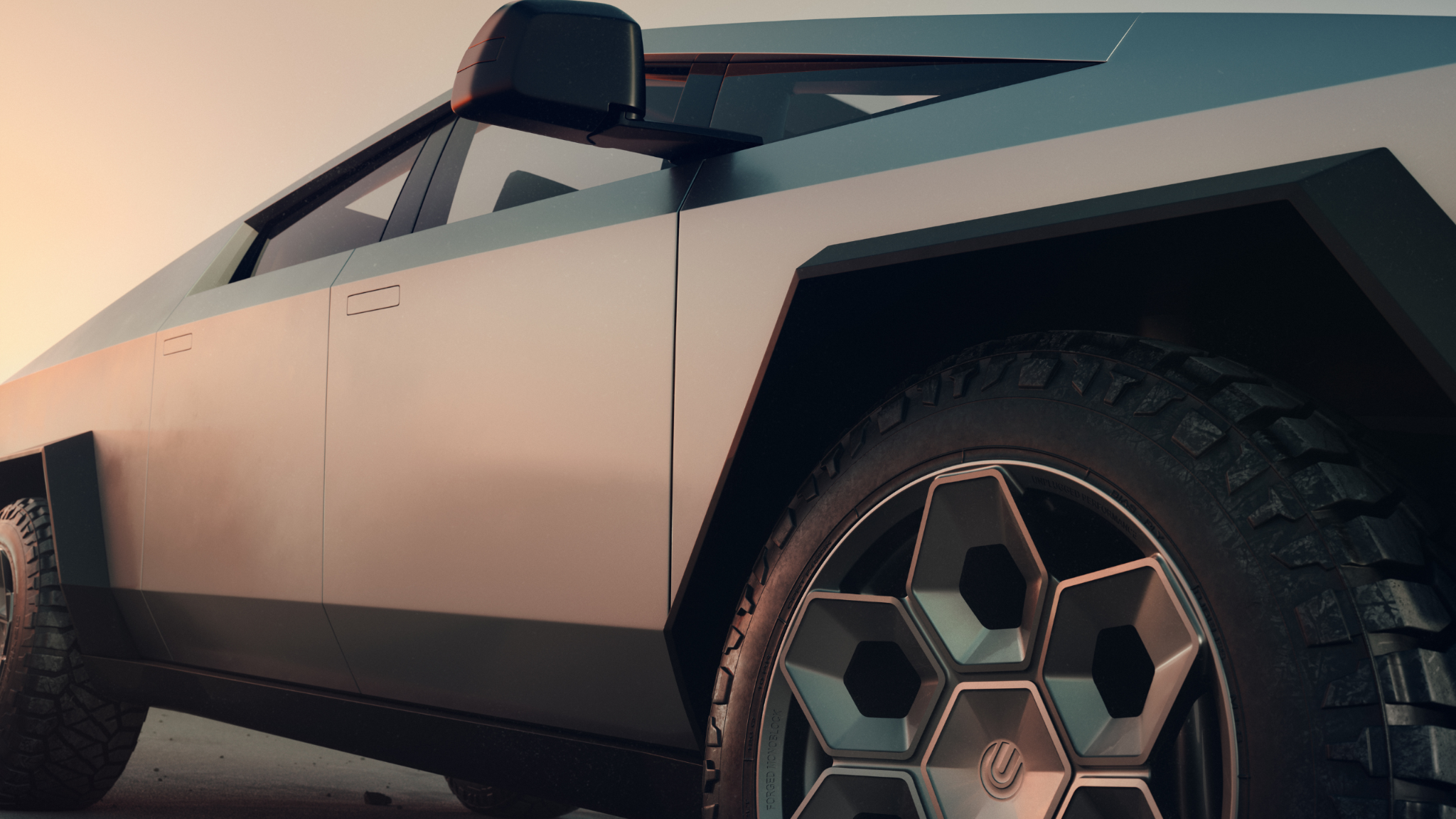Without a doubt, wheels are some of the most hardworking parts in the vehicle. Unfortunately for them, after laboring every day for the driver’s comfort, getting dirty and worn out, in return they are getting almost no care at all. But neglecting a responsibility of every car driver to care for your vehicle’s parts may take its toll.
That includes accumulated dirt on your wheels. Even though a speck of dust appears to be such a trifling matter, should it affect an important mechanism, it can significantly decrease the lifespan of your wheels. Polluted wheels deteriorate faster, since gravel and dirt, that is stuck onto them, can affect turning and braking mechanisms. And besides, keeping your wheels clean looks aesthetically pleasing. Just like wearing clean, well-maintained clothes, riding in a well-kept car earns you a reputation of a respectable person.
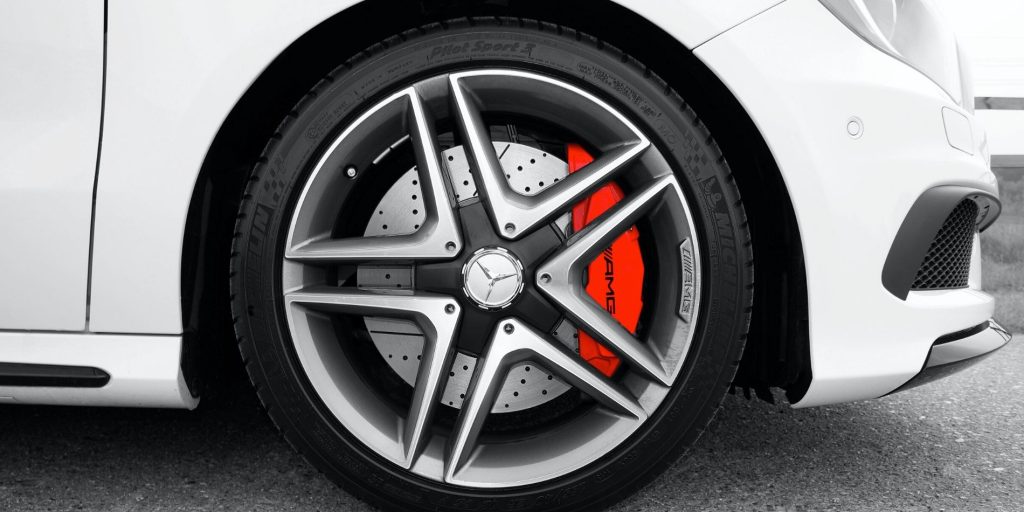
Is It Necessary to Clean Car’s Wheels?
One may ask, what is the point of cleaning your wheels if they would get dirty after a few minutes of driving. The answer is that the dirt on the road is not the only thing getting your wheels polluted.
- The Danger of Brake Dust Particles
Brake dust is a natural byproduct of a vehicle’s brake system, created when there is friction between brake pads and brake rotors. In some systems there is friction between brake shoes and brake drums. Brake dust consists of friction material, carbon residue and particles of iron, all of them accumulate every time you push your brake pedal.
Two common colors of brake dust are black and red, depending on the material of the brake pads. Red brake dust is mostly found in the brake pads with more metal material for a longer lifespan. While black brake dust corresponds to brake pads designed for quieter operation and improved brake performance.
If your vehicle uses drum brakes, the brake dust won’t be visible on the wheel, since all the grime doesn’t accumulate beyond the brake drums. However, that means you have to clean the brake drums from time to time to ensure their normal operation.
If the brake system of your car uses disk brakes, brake dust would accumulate directly on the surface of your wheels. It would be particularly visible if you use alloy wheels, even in the small amounts, the grime would spoil their distinctive appearance.
Cleaning the brake dust from time to time is important to keep your wheels in a good condition, here are two main reasons why you shouldn’t neglect it.
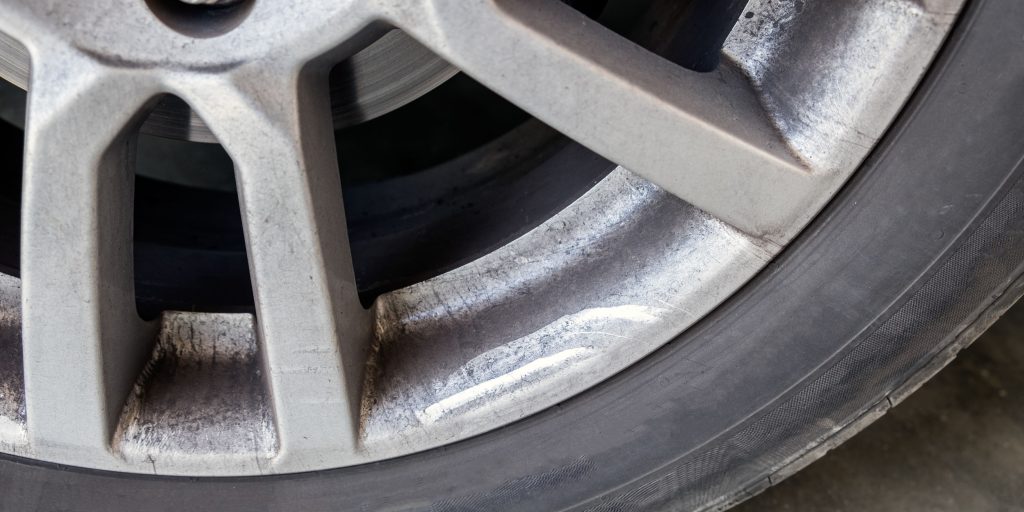
- Grime can affect braking performance
If the brake dust was neglected for too long, it may affect the braking operation and create unnatural noises. Grime can accumulate on brake rotor and brake caliper, which creates an uneven surface, resulting in strange vibration. It also significantly speeds up the aging of the brake system. On the other hand, if you notice abnormal amounts of brake dust, it may be a sign of malfunctions in the brake pads, brake drums or rotors.
- Brake dust damages alloy wheels
Brake dust with metallic particles is an abrasive material with caustic properties. Leaving brake dust on the alloy wheels for a long period of time will cause the destruction of a protecting layer. Without protection, alloy wheels become vulnerable to corrosion. Even though alloy wheels do not rust, damaged by the brake dust, they can get white stains after being affected by the corrosion.
Wheel’s Cleaning Process
First, let’s get ready to clean your wheels by preparing necessary products and tools.
You will need a good amount of water. It would be much more comfortable to use a hose, but if it’s not available, you can prepare a few buckets of water for each wheel. Get some non-abrasive towels and a brush with soft bristles. For convenience, use a brush with a flexible stem and another brush specifically designed for holes and lug nuts.
For complete cleaning you would need four different products for a wheel care: a common wheel cleaner, a polish, a detailing clay and a wheel wax. Remember to work on each wheel one at a time, you have to clean them before any products you use dry out.
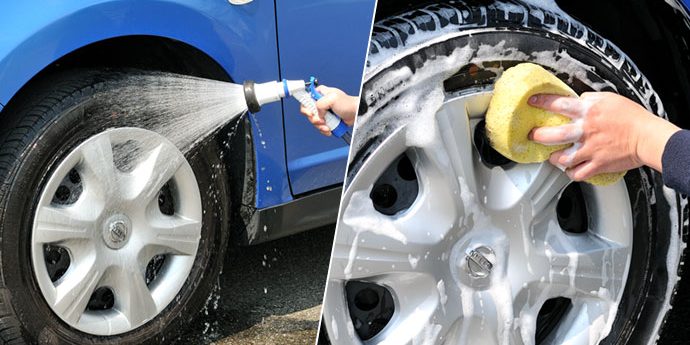
1. Use a hose, ideally the one that can provide a powerful stream of water, make each wheel, and especially the rim, wet. Wash out the dirt that can be taken off with the stream. Also, clean mudguards and wheel wells.
2. Using a piece of fabric remove any brake dust, grime and dirt that got stuck on the surface of your wheels. If some dirt cannot be taken off easily by the fabric, don’t push it hard, next steps will get it softer.
3. Apply the wheel cleaner. Don’t let it dry on the wheels, because depending on the ingredients, it may wash off the paint. The cleaner would soften up the brake dust and prevent damaging a protective layer while you wipe it.
4. Work on the wheels with your soft-bristled brush. This will scrape away any remaining dirt without scratching the surface. Reach into all the openings and crevices. Clean out the lug nuts, since dirt accumulated there can make it hard to unscrew the bolts next time, you’ll have to change your tire.
5. Using a hose again, rinse out every part of the wheels, mudguard and a wheel well. Then, using your non-abrasive towels, wipe the wheels, so that water won’t dry out on the surface creating spots.
Useful tips
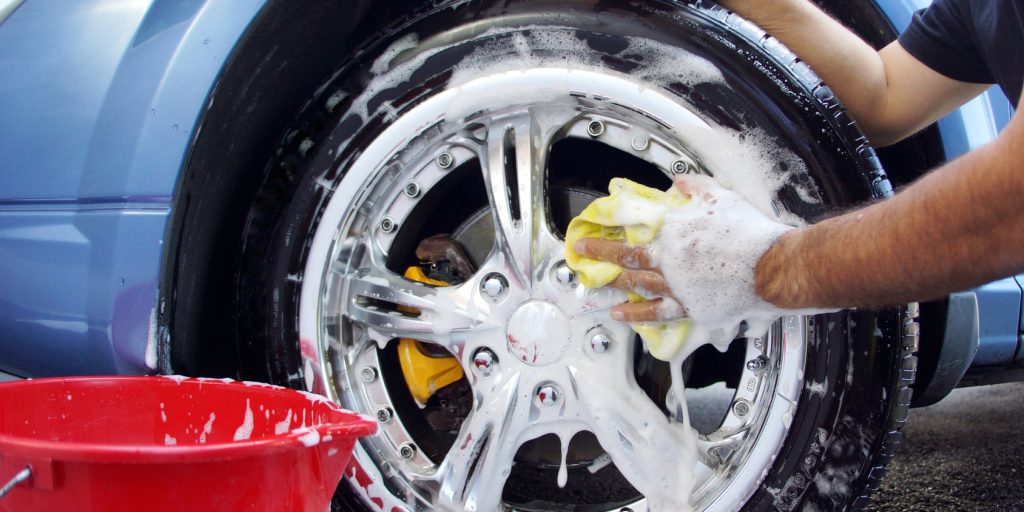
If your wheels are in pretty good shape or relatively new, you don’t have to use a wheel cleaner, you may just clean them with any shampoo you use on your vehicle. You can substitute a cleaner with simple soap. If you feel like it’s not enough, be careful to use non-acidic, water-based, non-abrasive cleaning product.
Use specially designed brushes that allow you to reach inside the wheel through every opening. Do not use a toothbrush, even if it seems comfortable, it’s too harsh for the surface of your wheels.
Not all cleaners for wheels are the same, read instructions carefully, choose a product suitable for your wheels.
Detailing Clay for Improved Cleaning
If the simple washing wasn’t enough, you can use detailing clay to remove all the brake dust and other corrosion left stuck to the wheels. You would need only a few clay bars and a detailing spray.
Use gloves while working with detailing clay. Take a clay bar into your hand and flatten it until it feels comfortable to use. Then spray a dry wheel with detailing until it gets completely wet. Carefully glide the clay around the wheel until all the surface gets clayed. You can then wipe off the excess spray with a soft towel. You can repeat these steps a few times until you’re sure that the wheel is completely cleaned. Remember to fold and flatten the clay bar before repeating the process.
How to Correctly Polish Your Wheels
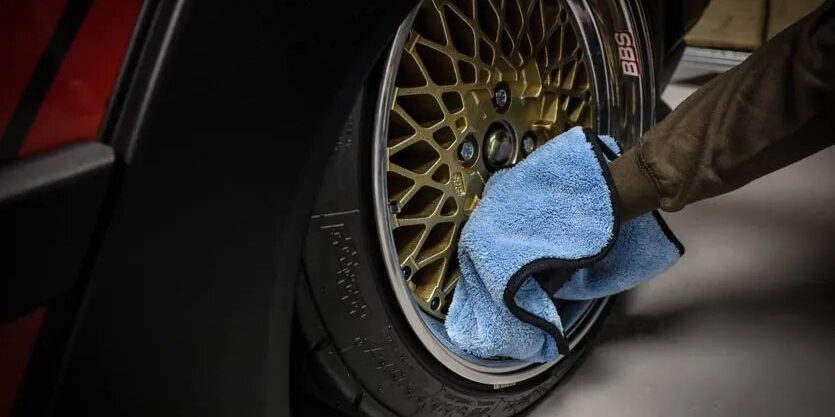
Just like with the wheel cleaner, you have to be extra careful while choosing products for polishing.
If you have chrome wheels, it’s acceptable to use a slightly abrasive polish. But aluminum wheels require much stronger polish since they lack an extra protective layer. Without that protective coat, they are easily liable to oxidation. It also means that aluminum wheels require cleaning more frequently, preferably every time you wash your car.
If your vehicle has clear coated wheels installed, they do not require excessive, frequent polishing, because there is already an additional layer protecting the wheel from the grime and brake dust.
To polish your wheels, simply use an applicator pad to spread a polish product onto the wheel, and continue polishing until it starts to dry. When you’re done, you can use a non-abrasive towel to wipe away any moisture that remains.
Waxing My Wheels
After you get your wheels clean and tidy, it’s time to let them shine in their full beauty. To achieve this, you can use a wheel wax.
Using a clean applicator, apply a small amount of wheel wax to the surface. You don’t have to use a lot of the product to achieve the desirable effect, since wax is much more effective in small quantities. Wipe the wax over the wheel, don’t miss a spot.

Leave your car’s wheel for approximately five minutes to let the wax dry out. You’ll see that the surface got haze on it. Now take a clean, dry microfiber piece of fabric and wipe off the haze. Turn the fabric over to another side and polish the wheel until you see that wonderful glossy shine.
You can wax your wheels once a month to maintain the amazing look.
How to Care for Wheels with Matte Finish
Remember, if your wheels have a matte finish, never polish or wax them! It will literally destroy the surface and your wheels will forever look uncomfortably glossy and dirty.
Matte Finish Wheels require only the washing but using a specifically formulated wheel cleaner. After the washing, without letting your wheels dry, you have to use a matte paint sealant to put a protective layer over the surface.
